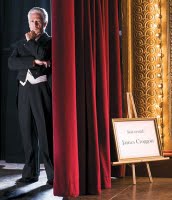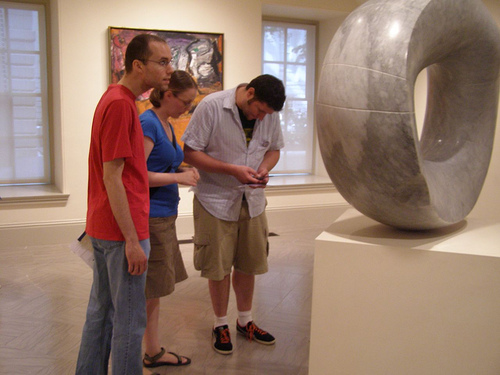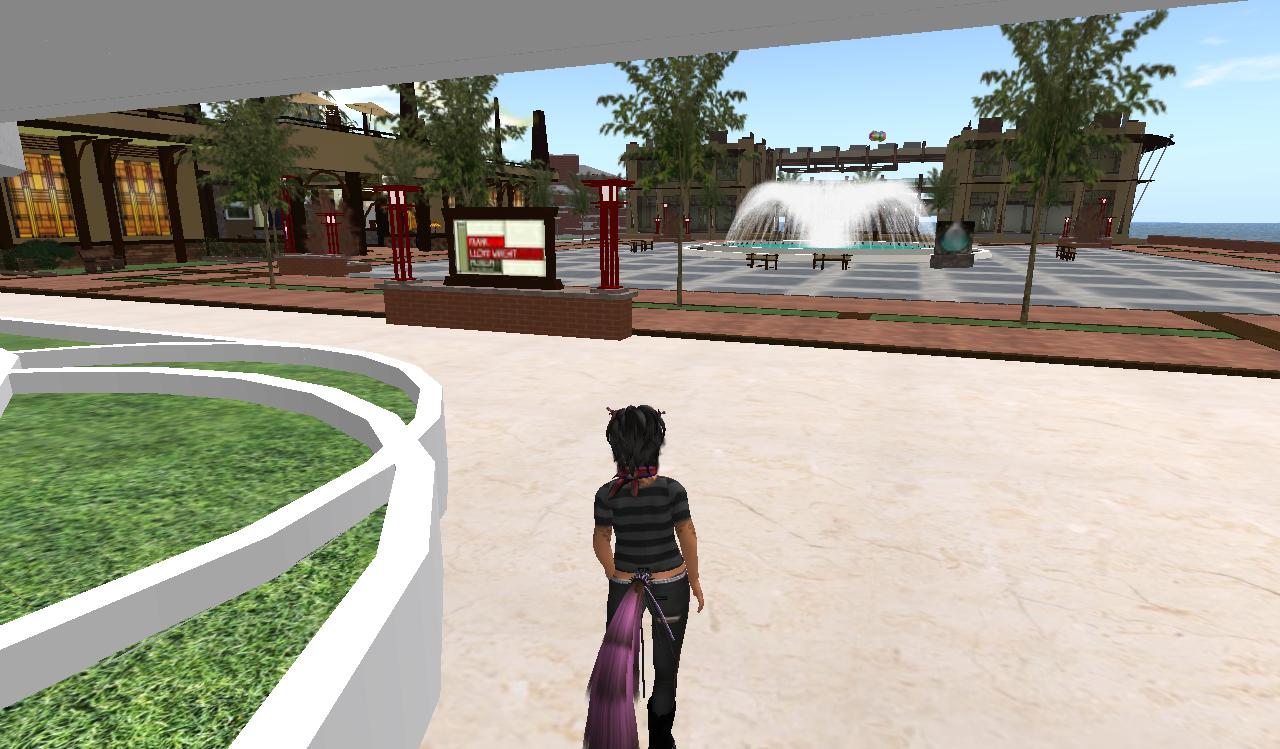One of the first sessions to kick of #WMA09 will be A1 Metrics Of Success: How to Measure & Account for On-line Social Engagement for Museums on Monday morning at eleven o'clock (right after the Keynote by Bob Welch). The panel will explore the intersection of sincere, social, on-line engagement and mission-driven value
assessment. The presenters are:
- Stephanie Almeida, Independent Museum Consultant
- Tim Hart, Head of Institutional Research, J. Paul Getty Trust
- John Maccabee, Founder & Principal, City Mystery: A Gaming Company
- Melissa Rosengard, Principal, Vision Dot Org
The conversation will be moderated by James G. Leventhal, Director of Development & Marketing, Judah L. Magnes Museum.
Tim Hart from the Getty will start. Hart's presentation will focus on mission-driven metrics. And his presentation will be followed by John Maccabee. John will take that concept one step further by presenting on his successful practice of developing Alternate Reality Games (ARGs) for museums. These games bring together on-line communities and create a whole new level of engagement on the ground.
What are ARGs?
Below is a summary by Georgina Goodlander of the Smithsonian American Art Museum on John's last project "Ghosts of a Chance:"
In the fall of 2008, The Smithsonian American Art Museum (SAAM) hosted an Alternate Reality Game (ARG) titled “Ghosts of a Chance.” This was the first ARG in the world to be hosted by a museum. The game offered both new and existing museum audiences a novel way of engaging with the collection in its Luce Foundation Center for American Art, a visible storage facility that displays more than 3,300 artworks in floor-to-ceiling glass cases. ARGs are immersive gaming experiences that “deliberately blur the line between the game and the real world. Players investigate the world of the game using the same tools with which they interact with the real world such as websites, email, telephone conversations and even in-person discussions with actors playing game characters.” [http://en.wikipedia.org/wiki/The_Beast_(game), referenced 15 September 2008]. Ostensibly, “Ghosts of a Chance” (ghostsofachance.com) invited gamers to create objects and mail them to the museum for an ‘exhibition’ curated by two game characters posing as employees. But the ‘game within the game’ was also a challenge to uncover
clues to the narrative that binds those objects, and to investigate the way objects embody histories. The game culminated on October 25 with a series of six scavenger-hunt-like “quests” designed for players of all ages. Over 6,000 players participated online and 244 people came for the onsite event.
At this Monday's session, John will start to give a peak at his next, multi-institutional venture Pheon. Pheon. Pass it on!
Will We Be Going Inworld?
Then after spending time rollicking on the green, playing games and moving in and out of the matrix, we are going to move headlong down the rabbit hole, and explore Second Life with Melissa Rosengard and Stephanie Almeida.
Starting from the basics and some intros, together Melissa and Stephanie will showcase just how far along the world of museums and education are in Second Life. There's a "museum" in Second Life dedicated to Frank LLoyd Wright, with FLLW sites fully recreated.
And this fall, Linden Lab, the Makers of Second Life and Second Life Work announced the first statewide rollout of a virtual learning environment in the world. The Transforming Undergraduate Education Program, at the University of Texas System, recently awarded a grant to fund the initiation of a pioneering statewide virtual learning community of students, faculty, researchers and administrators in Second Life, that offers an innovative, low-cost approach to undergraduate instruction. (source: https://blogs.secondlife.com/community/learninginworld/blog/2009/09/15/t.... To read more click here.)











Add new comment